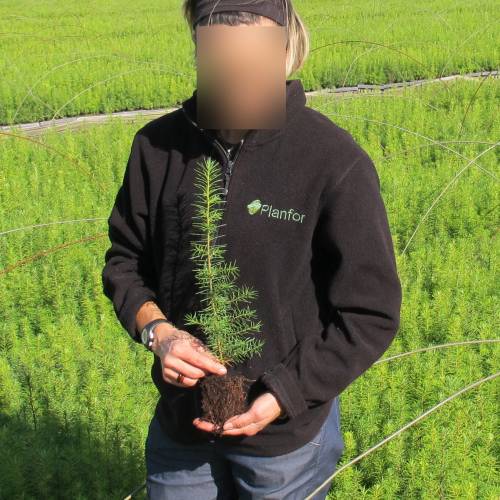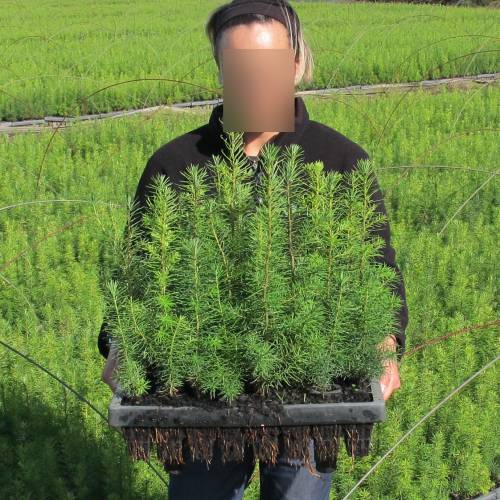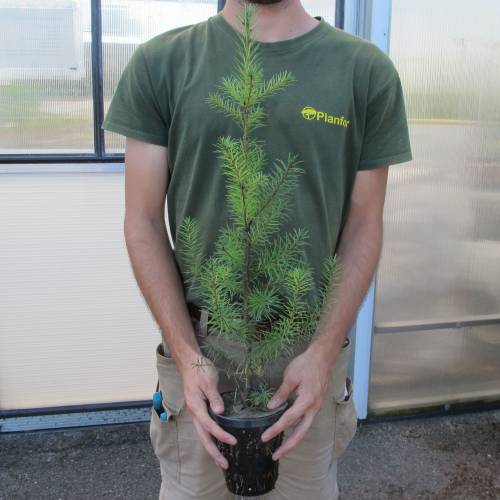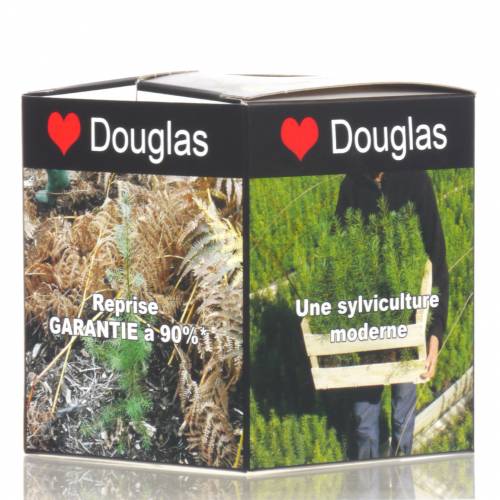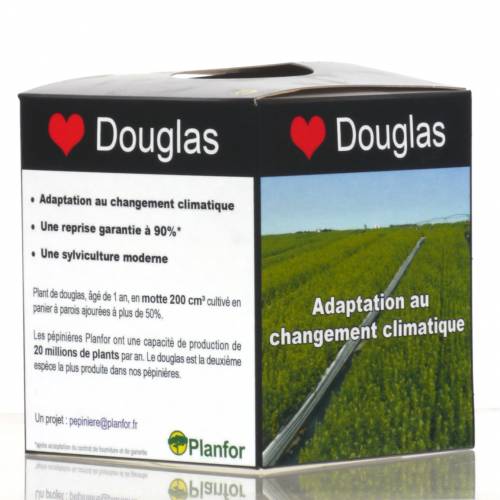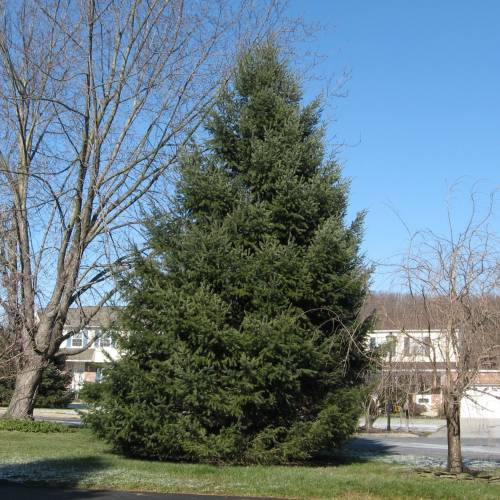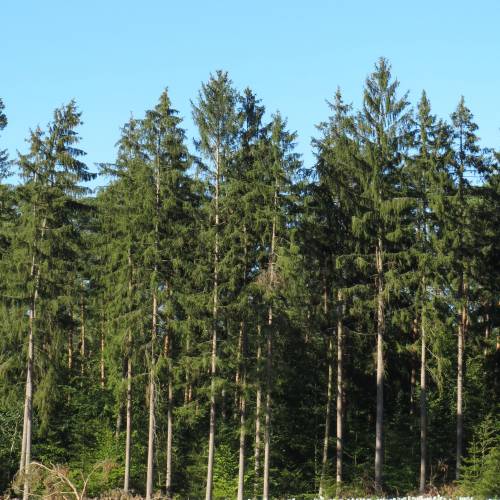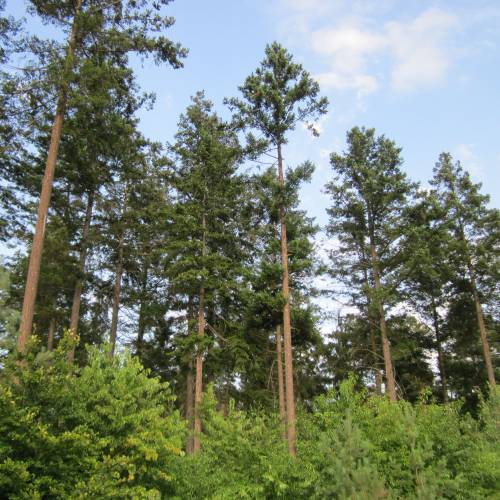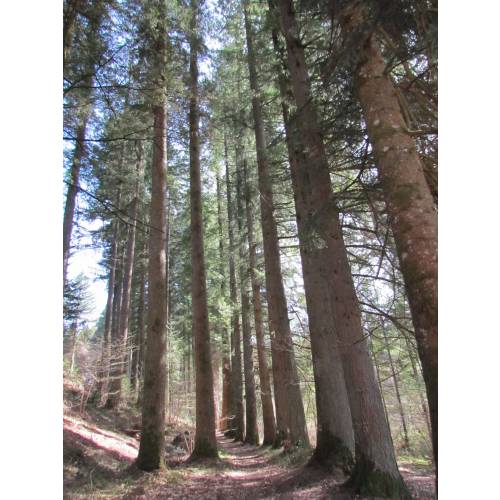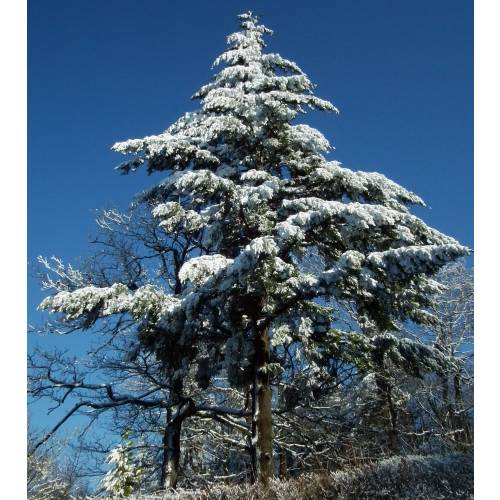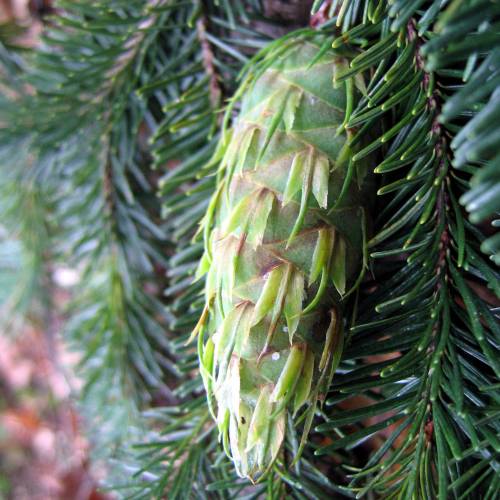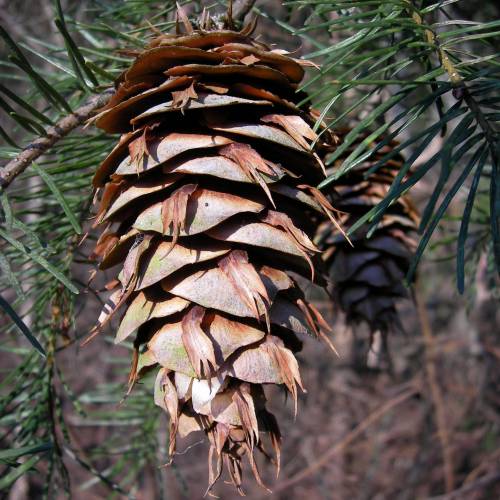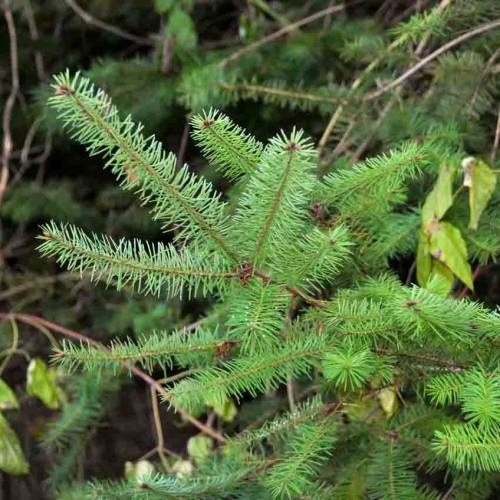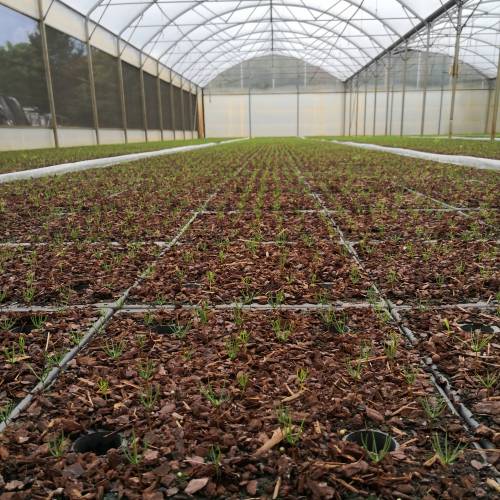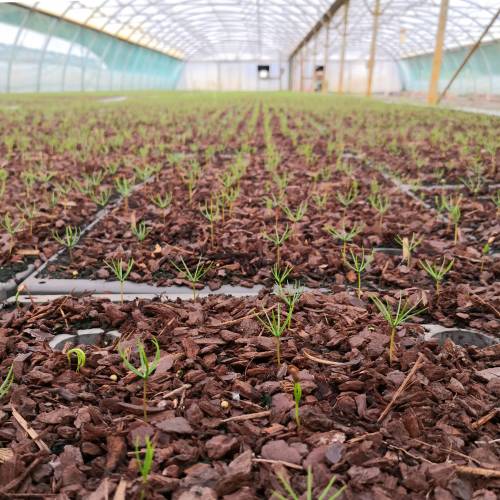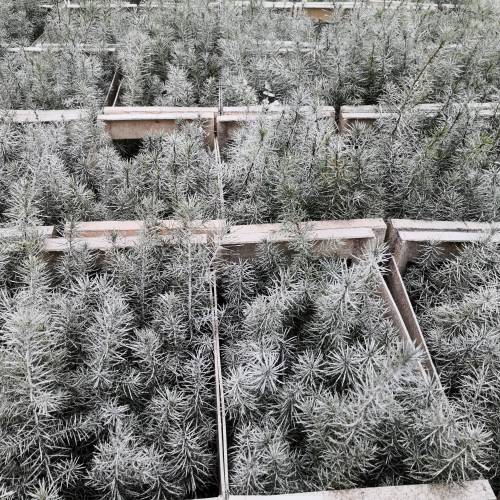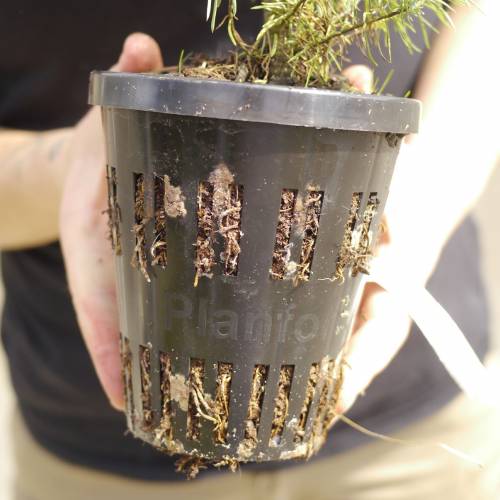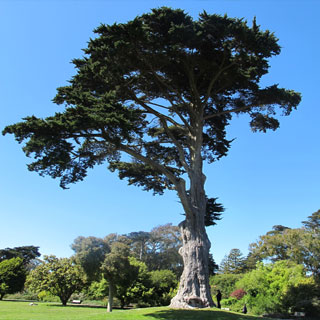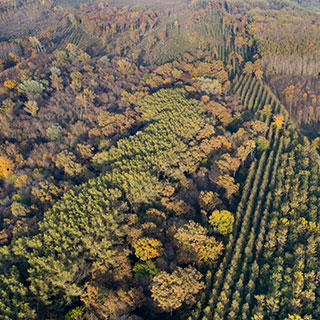
Plants
Douglas Fir / Pseudotsuga menziesii
-
77.50 € Douglas Fir - Pseudotsuga menziesii
32J1 - Available
-
74.95 € Douglas Fir - Pseudotsuga menziesii
32J2 - Available
-
71.95 € Douglas Fir - Pseudotsuga menziesii
32J3 - Available
-
14.04 € Douglas Fir - Pseudotsuga menziesii
32Q - Available
-
13.47 € Douglas Fir - Pseudotsuga menziesii
32O - Available
-
12.43 € Douglas Fir - Pseudotsuga menziesii
32R - Available
-
11.39 € Douglas Fir - Pseudotsuga menziesii
32j - Available
-
4.45 € Douglas Fir - Pseudotsuga menziesii
32BBB - Available
-
3.95 € Douglas Fir - Pseudotsuga menziesii
32BBC - Available
-
3.75 € Douglas Fir - Pseudotsuga menziesii
32u - Available
-
2.30 € Douglas Fir - Pseudotsuga menziesii
32v - Available
-
1.87 € Special Offer - 50%
32uB - Available
-
1.74 € Douglas Fir - Pseudotsuga menziesii
32BBD - Available
-
1.65 € Douglas Fir - Pseudotsuga menziesii
32BCL - Available
-
1.64 € Douglas Fir - Pseudotsuga menziesii
3200C - Available
-
1.32 € Douglas Fir - Pseudotsuga menziesii
32BBE - Available
-
1.23 € Douglas Fir - Pseudotsuga menziesii
32BCM - Available
-
1.22 € Douglas Fir - Pseudotsuga menziesii
32I - Available
-
1.14 € Douglas Fir - Pseudotsuga menziesii
32BBF - Available
-
1.05 € Douglas Fir - Pseudotsuga menziesii
32BCN - Available
-
1.04 € Douglas Fir - Pseudotsuga menziesii
32k - Available
-
0.94 € Douglas Fir - Pseudotsuga menziesii
32BBG - Available
-
0.86 € Douglas Fir - Pseudotsuga menziesii
32BBH - Available
-
0.85 € Douglas Fir - Pseudotsuga menziesii
32BCQ - Available
-
0.84 € Douglas Fir - Pseudotsuga menziesii
32Z - Available
-
0.77 € Douglas Fir - Pseudotsuga menziesii
32BCR - Available
-
0.76 € Douglas Fir - Pseudotsuga menziesii
32V - Available
-
0.00 € Douglas Fir - Pseudotsuga menziesii
32L - Request for quotation
-
Area of origin: From Mexico to Alaska, from near sea level along the coast up to 3000 metres (3280 yds) altitude in the rocky mountains. Discovered in 1792, introduced in 1827.
Adult Dimensions: Height up to 50m (164') and width up to 15m (49,2') in Europe (to 150 years). In the United States very old trees can reach 100m (109yds) in height.
Foliage: Evergreen.
Soil Type: Avoid ground that is too extreme, too dry, too wet or too compact.
Hardiness: It is necessary to have sufficient humidity in the air. When young it dislikes late frosts in spring or early frosts in autumn. Hardy to -16°°C.
Exposure: Full sun.
Properties and uses:
The soft and clear green foliage, the rapid growth and the straight trunk makes this a beautiful tree for a park or garden where it should be planted alone. The forests of the Limousin, Bourgogne and the Auvergne display many examples of this species. Excellent wood for carpentry and many other uses as it is very strong and tough.
Plant, or reforest Douglas Fir, Pseudotsuga menziesii – Foresters Guide
1) The Douglas Fir (Robinia pseudo-acacia) is it suitable for my land? The Douglas Fir needs a lot of light but resists very well to winter cold and spring frost. It demands a lot of water and is sensitive to wind and snow (breaking of the branches).
This genus is adapted to mild climate. In the montane zone, its expansion is limited to medium altitudes and it is planted in sheltered areas where the wind and the snow are less present. It does not tolerate active lime nor superficial grounds, compact and clayey, or with important water logging in winter. When the conditions are good, the Douglas Fir grows quickly and dominates all the other forestry species. In France, it was planted in plains to replace the Beech and the Sessile Oak or the Chesnut Tree in more acidic grounds. In mountains, it replaces or goes with the Beech, the Silver Fir or the common Spruce.
2) Which planting density for my Douglas Fir plot? (Pseudotsuga menziesii)
The planting density is the number of plants planted in one hectare (acre). Here it means determining the initial number of young plants and to choosing their repartition in the available space.
The planting density is defined by the gaps in between the lines as well as the spacing in between each plant on a same line.
It is the basics of the silvicultural path which must lead to a final trees’ population of quality and to the fulfilment of the land’s owner set goals.
Advice: When choosing the density, think about the width of the tool which will allow the maintenance of the gaps in between the lines. The space in between the lines must allow clear passage for a tractor-drawn, maintenance tool.
For the Douglas Fir (Pseudotsuga menziesii):
- The density is between 1100 and 2000 plants/hectare.
- The final population at 45 – 50 years old represents a yield of 500/600 m3 to which can be added the numerous thinning to obtain a final total production of 800/1000 m3/hectare.
3) How to prepare the soil to plant Douglas Fir (Pseudotsuga menziesii)?
In Silviculture, working the soil is a key element in the success of planting. The root system of the tree must take rapidly where planted. Whether the work is done mechanically or manually, we recommend working the soil in its depth for optimum planting.
4) How to plant the Douglas Fir (Pseudotsuga menziesii)?
a- Receipt, storage and preparation of the plants before planting
- Upon receipt, place the crates side by side, on a flat surface so as there is no air circulation underneath. Choose a shady spot protected from wind;
- Maintain a good humidity level of the plants on the crates placed on the edges,
- Plan for the possibility of watering if planting is delayed or if the plants require water,
- In case of frost, do not handle the plants and if frost is forecasted for several days, place mulch on the edges.
b- Planting
Our team of professional planters use a planting cane to place the earth-balled plants in situ. This ergonomic, light tool allows quality, quicker planting work. It is also possible to carry out a traditional planting work using a pickaxe or a spade
In all case, you must:
- Dig a hole a little bit larger than the earth-ball ;
- Position it well in the hole;
- Cover it entirely;
Finally, the worker will tamp down the soil carefully with its foot. It is forbidden to press strongly or again to heel-butt the plant to avoid crushing the earth-ball and damage the root system of the plant.
Video on planting using a planting cane
Buy Planting cane
5) How to limit weeds on my Douglas Fir plot (Pseudotsuga menziesii) ?
During the first years, it is essential to eliminate all self-propagating plants. Not controlled they are going to be in competition with your plants and are going to deprive the young trees of the vital elements they require to grow (water, light and nutritional elements). You must therefore eliminate mechanically this unwanted competition until the trees are big enough to be able to dominate it.
Two types of operations are possible after planting:
Manual clearing around the plants
It is in fact acts often carried out using portable thermic Strimmers or billhooks to clear plants on a line or around the plants themselves.
Mechanical clearing of the space in between the lines
These actions are done using cutters and flail mowers, horizontal or vertical cutters, mounted on mini excavators or tractors. As a result, they cannot be undertaken outside the spaces available between the tree lines (seedlings or plants).
6) How to protect my young False Acacia plants from wildlife (Pseudotsuga menziesii) ?
There is a necessity to protect the plot as soon as the population’s density of Cervidae (deer and roe deer in particular) risk leading to significant damage such as undergrowth of the plants or friction of the stems. Sometimes, the setting up of plants’ protection is also necessary as soon as the rodents’ population (rabbits, hares, coypu, voles...) are locally important.
3 types of protections are possible:
- Individual, mechanical Protections ( dissuasive netting, photo-degradable tubes,...)
- Protection by total wire-fencing of the plot,
- Protection by applying a repellent on each plant or on the borders of the plot.
Catalogue Protections against Game


